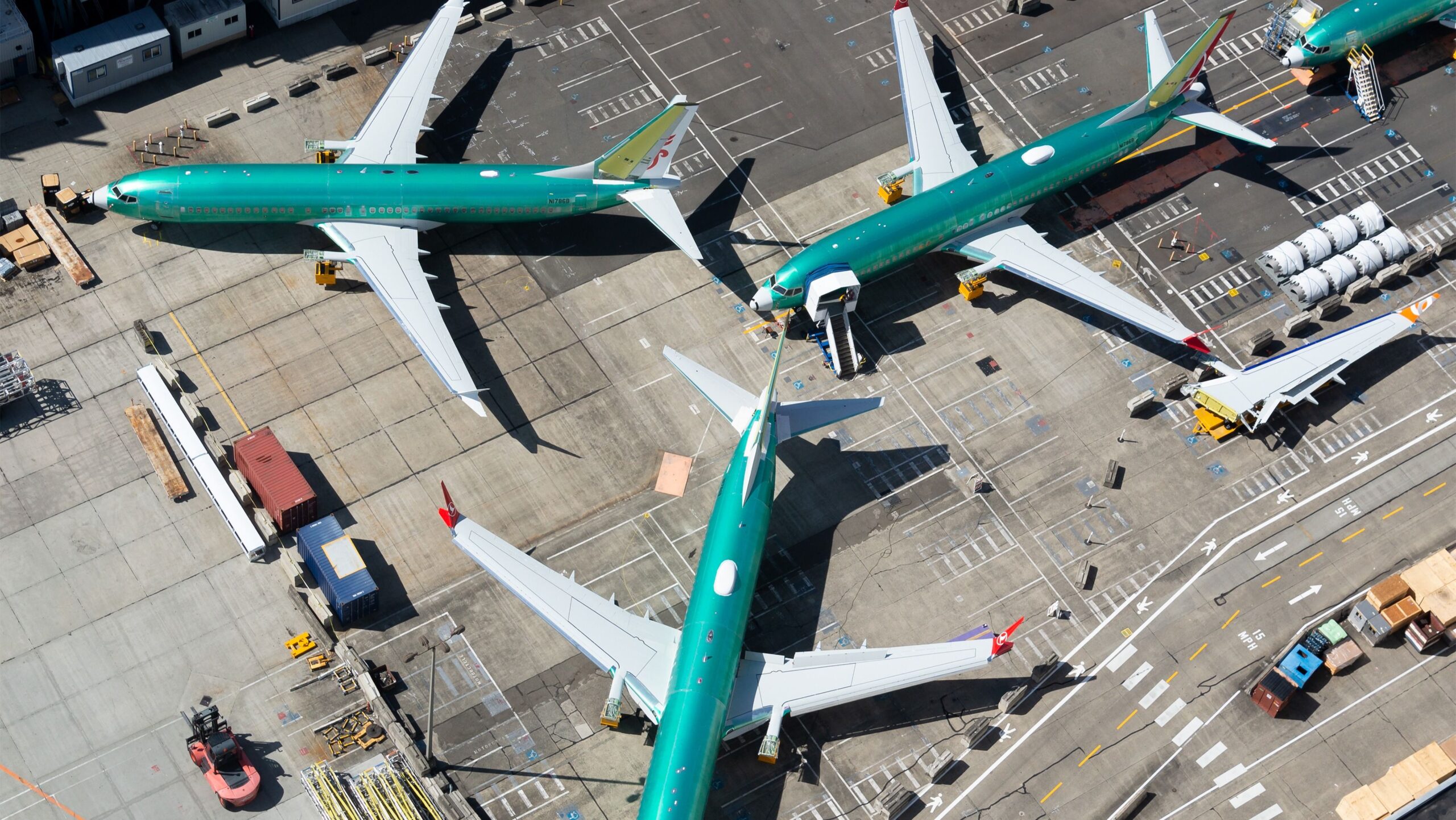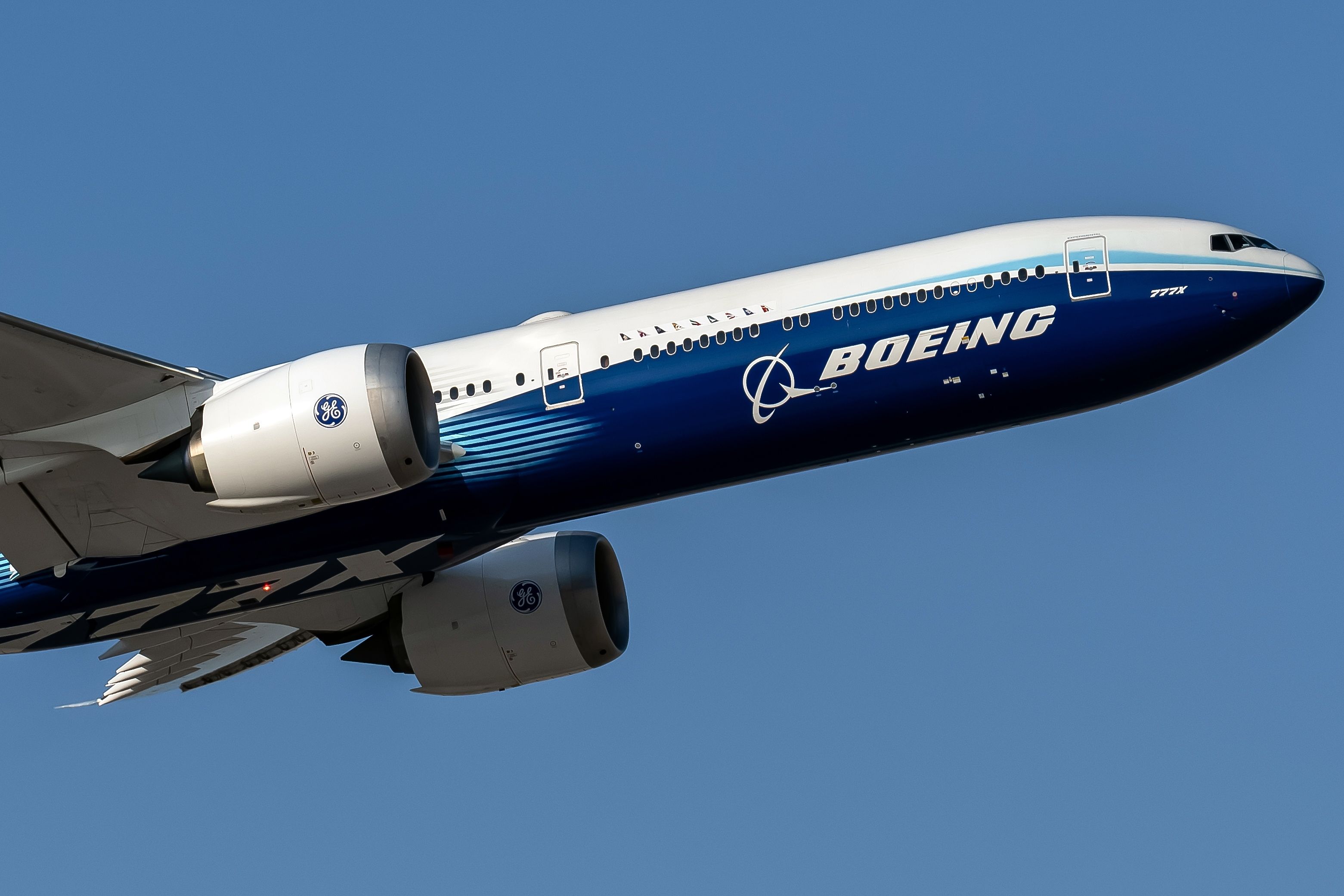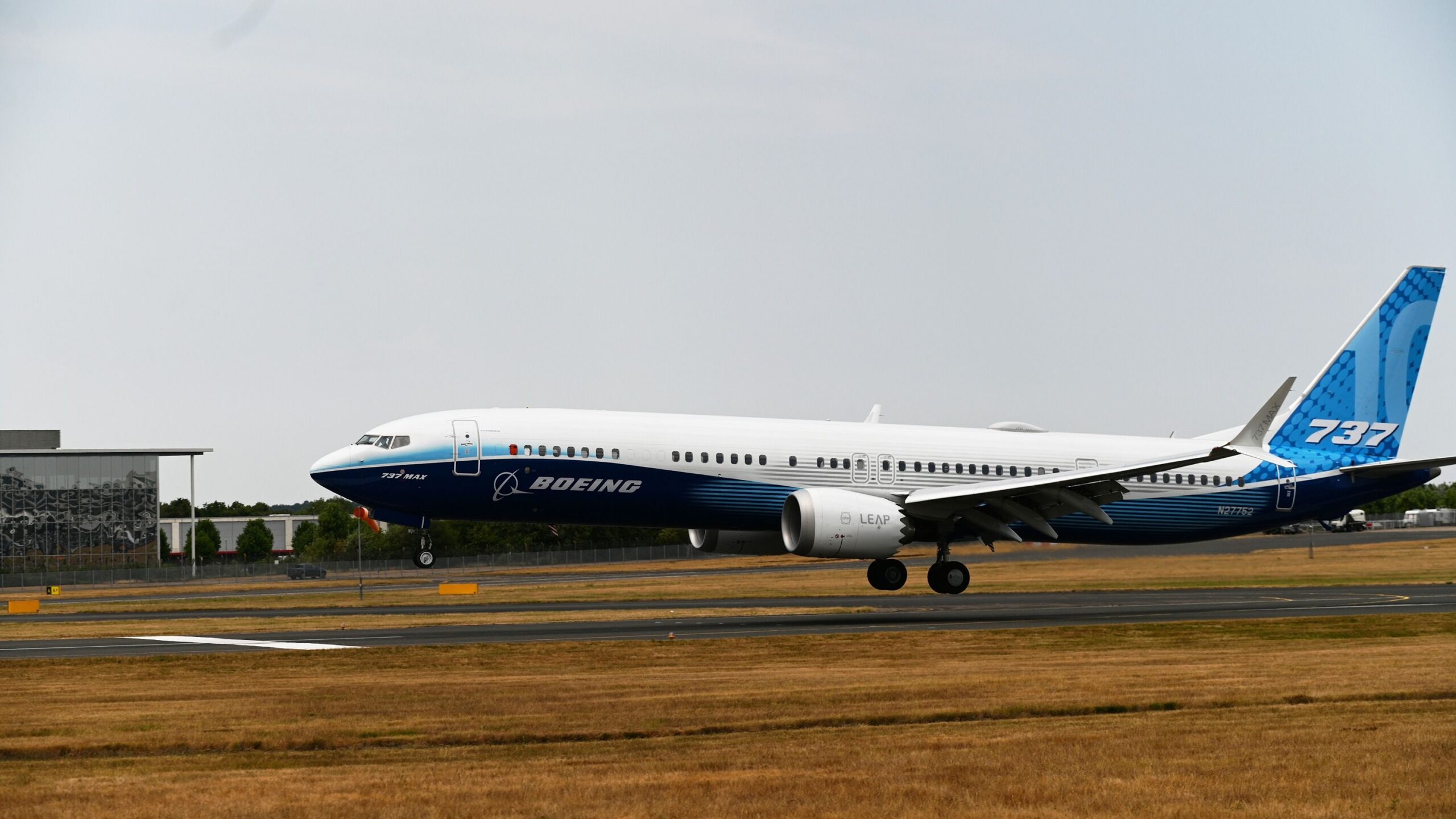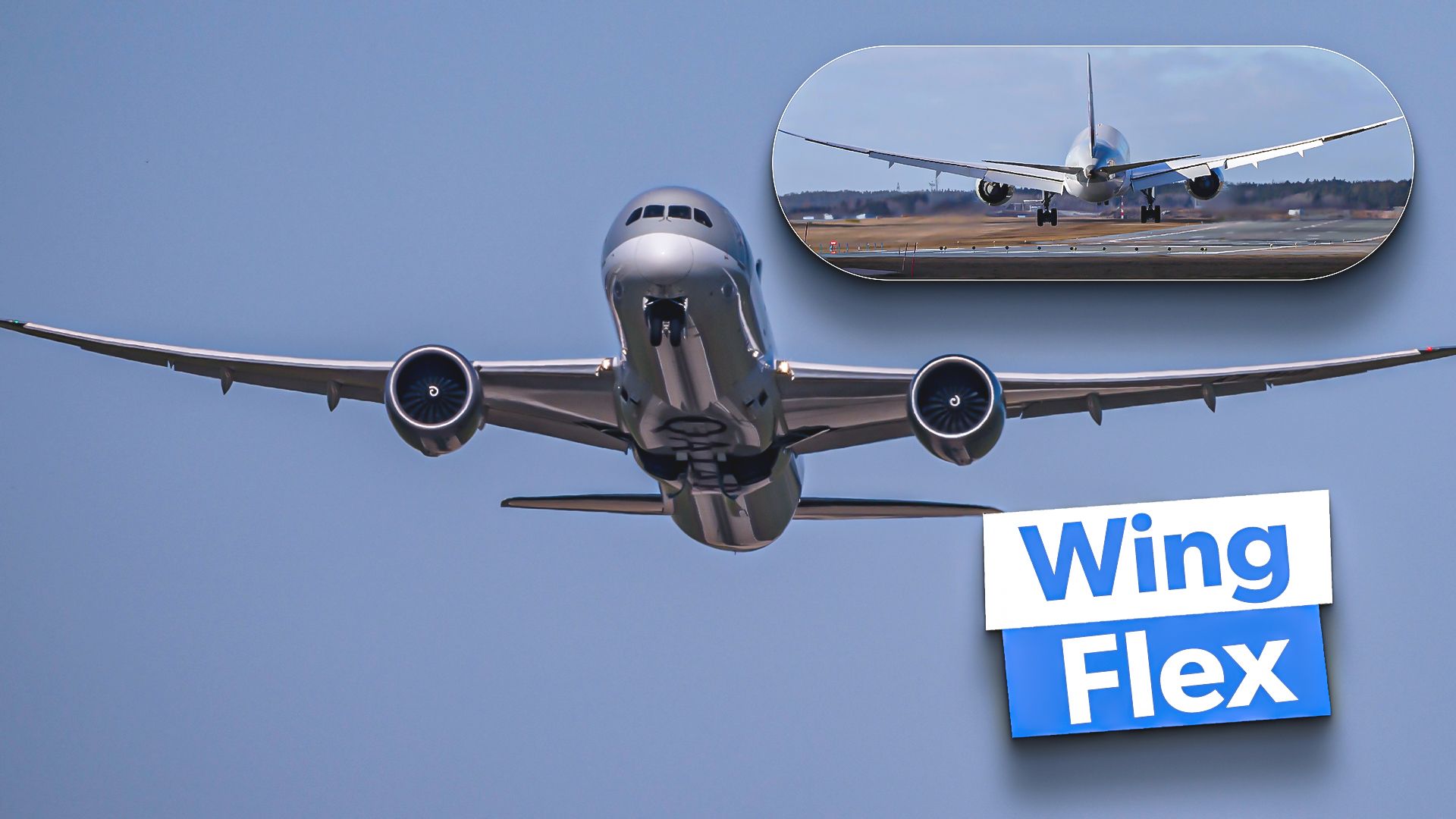Summary
- Boeing expects demand for 44,000 new aircraft over 20 years due to a post-COVID air travel surge.
- Narrowbodies to dominate deliveries, with single-aisle planes making up 76% of new units.
- South Asia, followed by Southeast Asia and Africa, anticipate the highest passenger traffic growth.
Boeing has released an updated market overview ahead of the upcoming
Farnborough Airshow
, which will take place from July 22 to July 26, 2024. The American aviation giant anticipates a demand for 44,000 new aircraft over the next 20 years. This news follows a period where air travel demand has exceeded pre-pandemic levels.
Fully reversed COVID-19 traffic slump
Boeing reported that the demand for air travel is now growing faster than economic growth. Passenger air traffic is expected to increase by an average of 4.7% annually over the next 20 years compared to 2023.
Photo: Falcons Spotters | Shutterstock
Notably, the number of global routes served by commercial airlines has returned to 2019 levels despite nearly 20% of these routes being newly established. Commenting on the increasing air travel demand, senior vice president of Commercial Sales and Marketing at Boeing, Brad McMullen, said:
“This is a challenging and inspiring era for aviation. The return to more typical traffic growth shows how resilient our industry is, even as we all work through ongoing supply chain and production constraints amid other global challenges.”
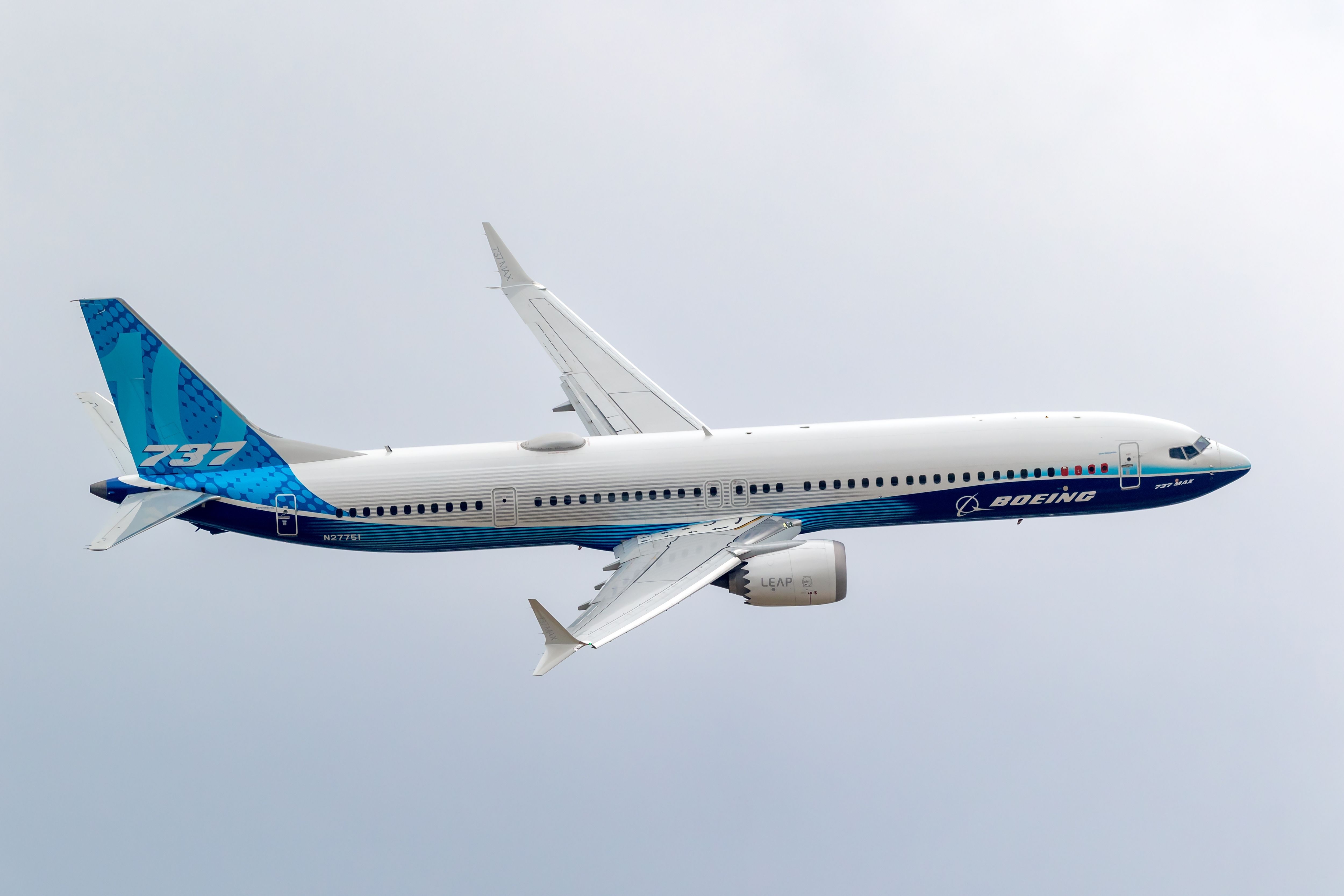
Related
Boeing Confirms Lessor Order For 35 737 MAX Jets Ahead Of Farnborough Air Show
The aircraft lessor confirmed that it has ordered 16 Boeing 737 MAX 8 and 19 737 MAX 10 aircraft.
Narrowbodies to make up most deliveries
As air travel demand rises, the need for more aircraft will persist. Boeing estimates that the global commercial aircraft fleet will grow at an annual rate of 3.2%. However, this growth rate is slower than the increase in air traffic, as carriers are enhancing productivity by improving load factors and operating planes for more hours each day.
Photo: VanderWolf Images | Shutterstock
Of the 44,000 new deliveries, the American company anticipates that narrowbodies will account for 76% of commercial deliveries over the next two decades, totaling 33,380 units. The high demand for single-aisle aircraft is attributed to the need for improved sustainability and the replacement of older models with more fuel-efficient ones.
Meanwhile, the widebody fleet is projected to double, with a market need for 8,065 widebody aircraft. According to Boeing, 44% of the global widebody fleet will be operated by airlines in the Middle East.
In addition to narrowbodies and widebodies, the market will need 1,525 regional jets and 1,005 freighters through 2043.
South Asia anticipated to lead in passenger traffic
South Asia is expected to see a 7.4% increase in passenger air traffic over the next 20 years, according to Boeing. This will be followed by Southeast Asia, which will see a 7.2% growth, and Africa, with a 6.4% increase.
In terms of aircraft deliveries, Eurasia is expected to lead with the highest share, accounting for 22% of the total. North America and China will follow closely, each contributing 20% of the aircraft deliveries. In a statement, senior vice president of Boeing Global Services Commercial Sales and Marketing, David Abraham, said:
“As airlines respond to robust passenger demand, the services market continues to expand, not only as a result of fleet growth but also with an increased focus on reducing operating costs and deploying efficient and sustainable solutions.”
